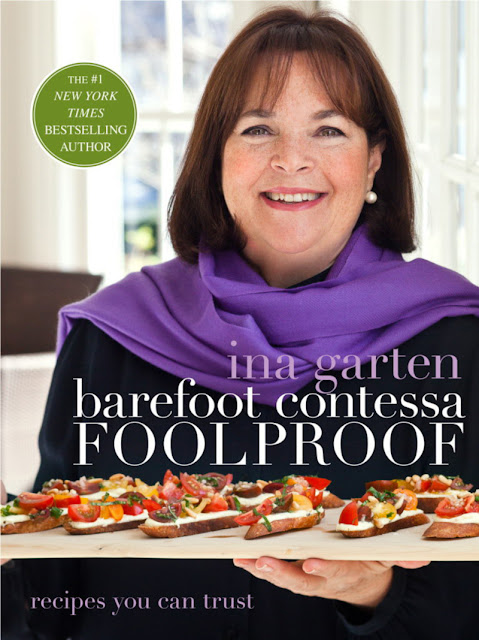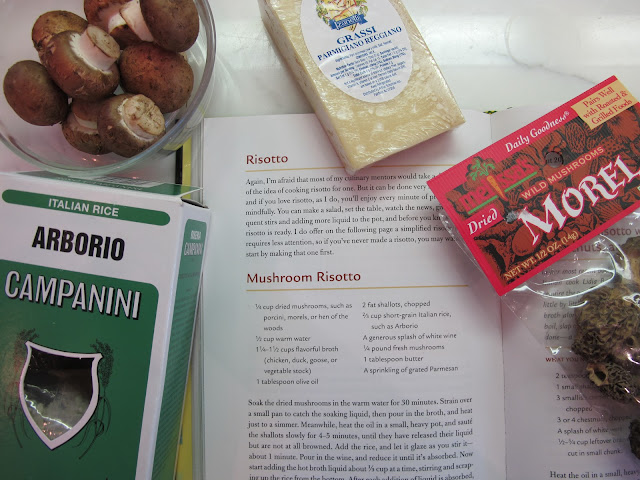"Under certain circumstance there are few hours in life more agreeable than the hour dedicated to the ceremony known as afternoon tea. There are circumstances in which, whether you partake of the tea or not -- some people of course never do, -- the situation is in itself delightful."
-- Henry James, The Portrait of a Lady
This week I went to a tea party that was held at a friend's house. She invited a small group of women to get together in the late afternoon for a glass of champagne followed by scones and finger sandwiches. We gathered together in the living room and sipped steaming cups of tea and munched on cookies. It was an intimate group and there was a conviviality and warmth that pervaded the conversation. We talked about many subjects and no one wanted to leave. Outside the rain had started to fall and, as the afternoon darkened, we were cozily ensconced in the warm environment that our hostess had created. Her Christmas tree had just gone up, though it hadn't been decorated yet. The expectations for that bare tree filled my head. As I drove away I thought about the ritual of afternoon tea and how charming it can be. Especially when you get together with a great group of women. I know that I have said it before, but there is nothing that a group of women can't get done. I am always impressed by this dynamic group and all that they do. There was much laughter and many good stories.
The tradition of teatime has long been a cherished one and many of my favorite images of tea come from novels set in England. The images evoke feelings of tranquility, delicious and old-fashioned foods such as crumpets and scones, and intimate conversations in front of the fire. I think about characters in the novels of Charles Dickens or Jane Austen who always seem to be toasting crumpets. Movies and television shows set in England abound with scenes of afternoon tea parties. "Downton Abbey" rarely has an episode in which the characters are not partaking in afternoon tea.
Around Christmas time there are plenty of opportunities to go to tea in local hotels, all of which feature afternoon tea in a festive setting. But nothing beats going to a friend's house and drinking endless cups of tea and eating scones with your friends. The say that tea nurtures the soul and revives the spirit, so whether you get together with girlfriends over a pot of tea or make one for yourself, be sure to put on the kettle and bring out a pretty cup and saucer. It will make you feel good. There is nothing cozier on a gray winter day than hearing the whistle of the tea pot, making a cuppa, and delving into that new book.
Around Christmas time there are plenty of opportunities to go to tea in local hotels, all of which feature afternoon tea in a festive setting. But nothing beats going to a friend's house and drinking endless cups of tea and eating scones with your friends. The say that tea nurtures the soul and revives the spirit, so whether you get together with girlfriends over a pot of tea or make one for yourself, be sure to put on the kettle and bring out a pretty cup and saucer. It will make you feel good. There is nothing cozier on a gray winter day than hearing the whistle of the tea pot, making a cuppa, and delving into that new book.
Lady Grantham from "Downton Abbey"
"In nothing more is the English genius for domesticity more notably declared than in the institution of this festival -- almost one may call it -- of afternoon tea...The mere chink of cups and saucers tunes the mind to happy repose."
-- George Gissing, The Private Papers of Henry Ryecroft
Go here for my favorite recipe for Cranberry Orange Scones. I have made them many times and they are delicious!
Go here for my favorite recipe for Cranberry Orange Scones. I have made them many times and they are delicious!




















































